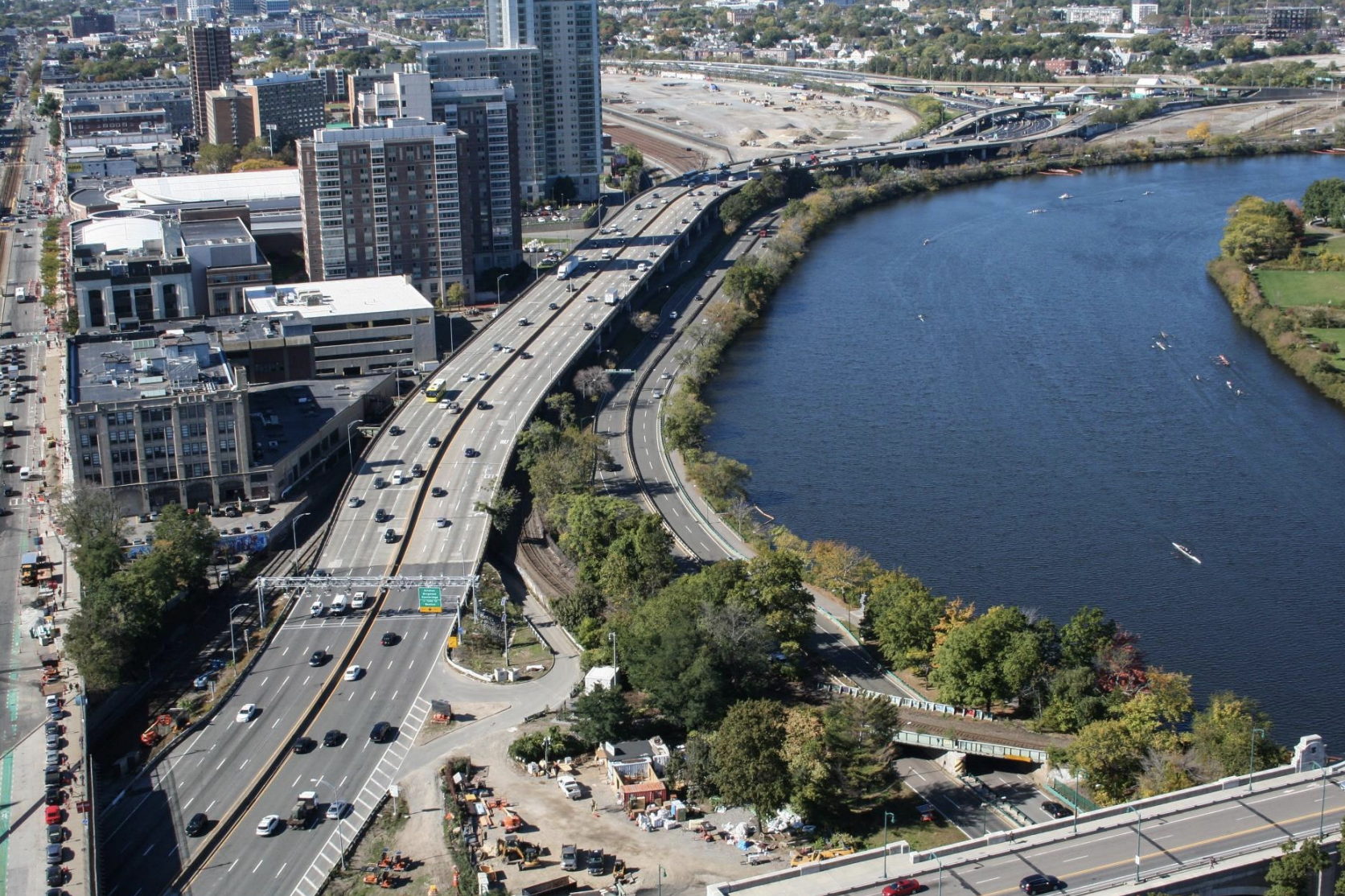That is true in DOTs case. DOT’s definition does not align with the EPA’s, or the Department of Commerce’s, or the Office of Management and Budget. Each has their own definition and tool for identifying EJ communities and disadvantaged areas. Justice40 very explicitly does *not* define EJ communities or disadvantaged areas, it requires agencies to have a definition. The tool you shared is OMB's, and is different than
the DOT's
Notably, these also don’t align with local definitions. The MPO has their own definition separate from all of these, for example.
The policy roll out of J40 has been a nightmare for local/regional agencies who are seeking currently open federal firehose but have to navigate several different definitions and tools depending on who they are applying to.
Edit: Further, there’s not even significant guidance in how to develop that definition. The MPO does not use DOTs definition primarily because the data they use is 2016-2020.

